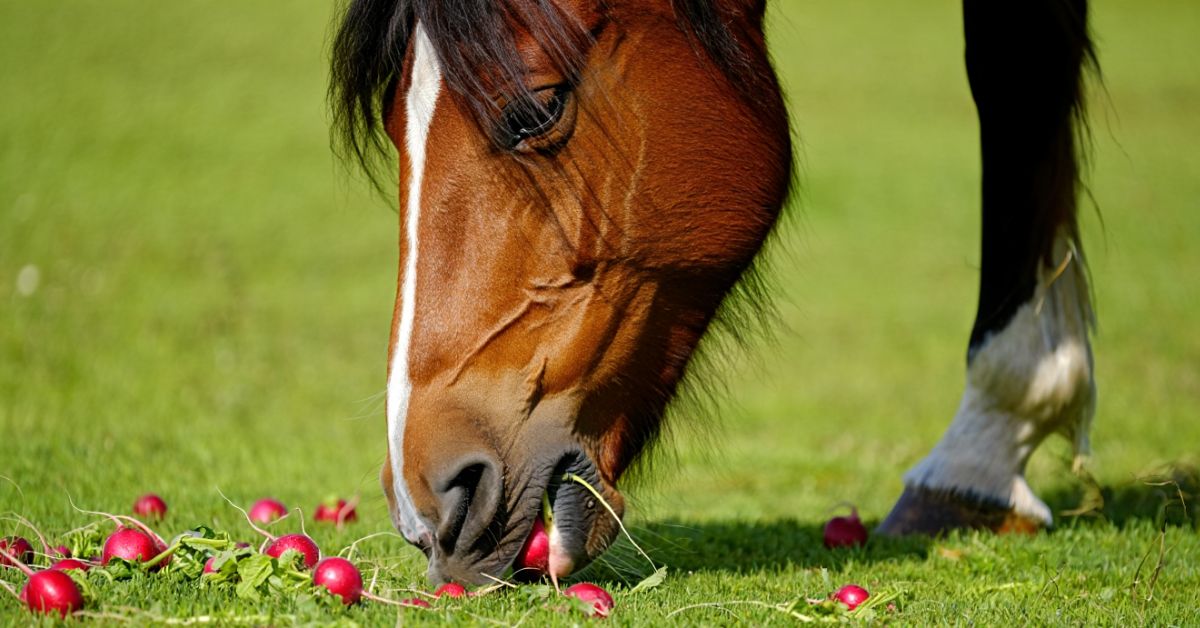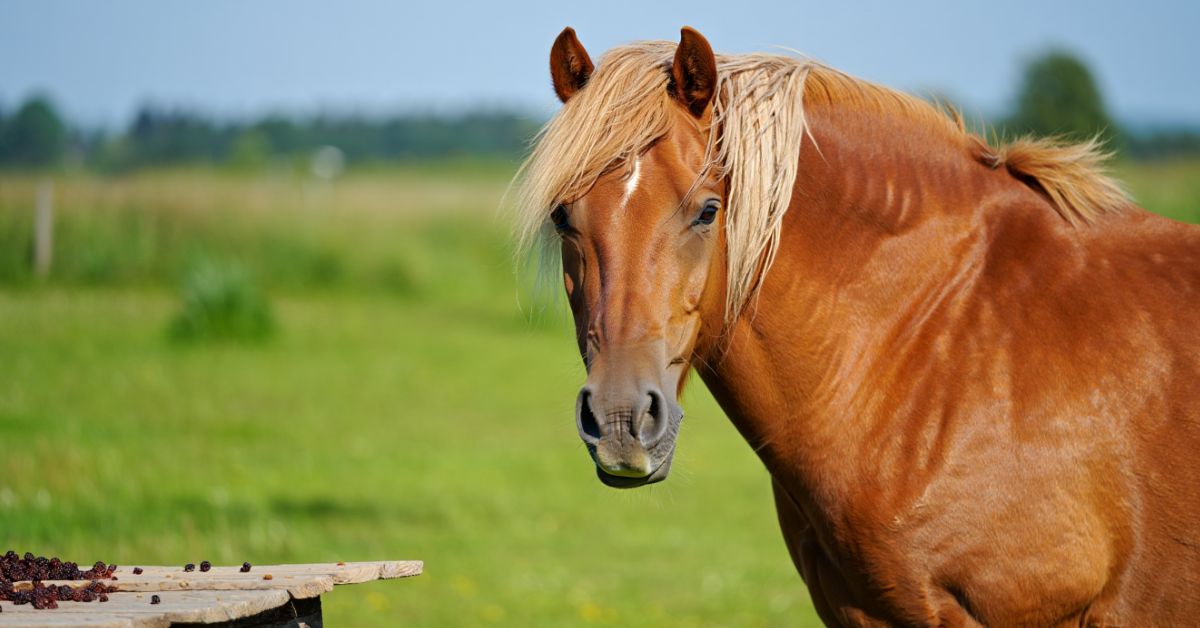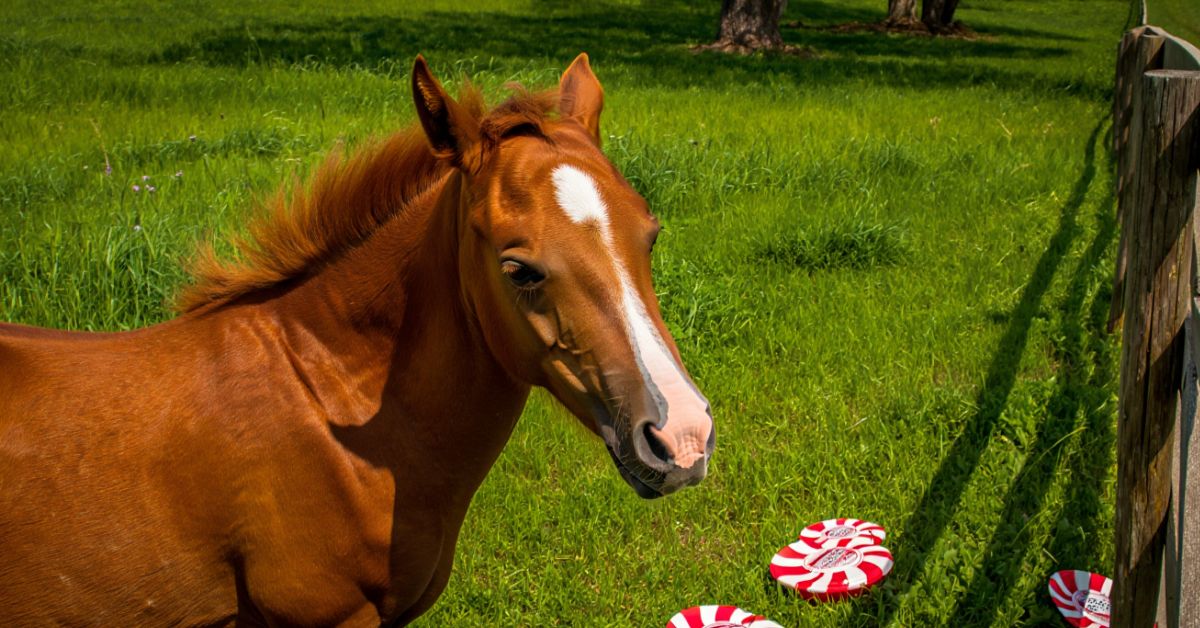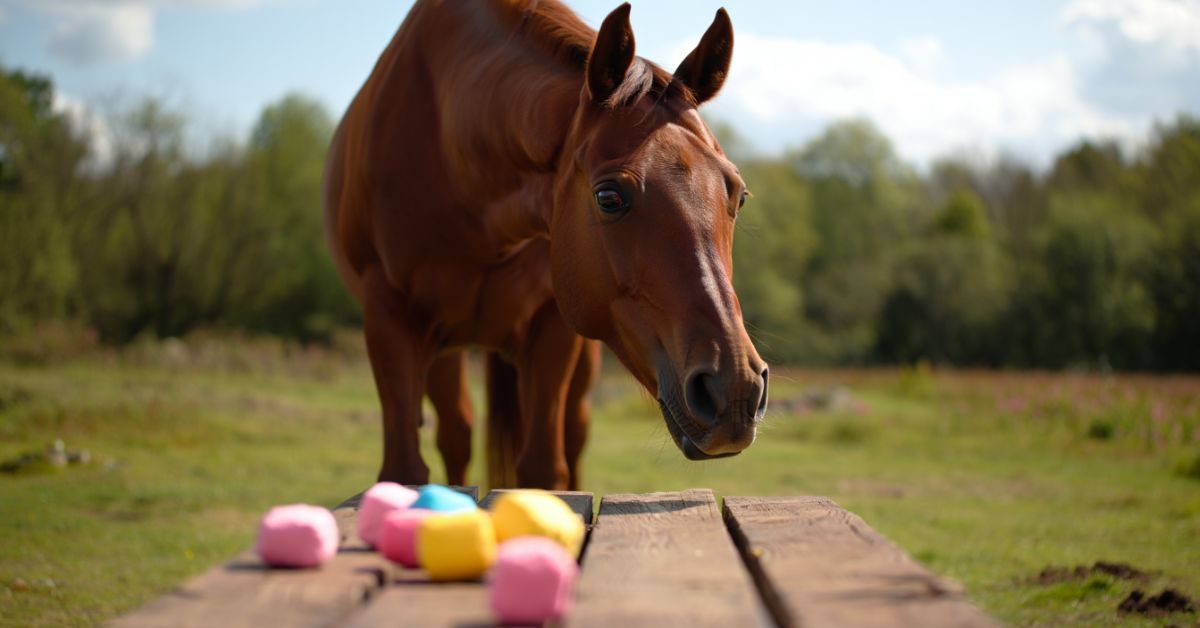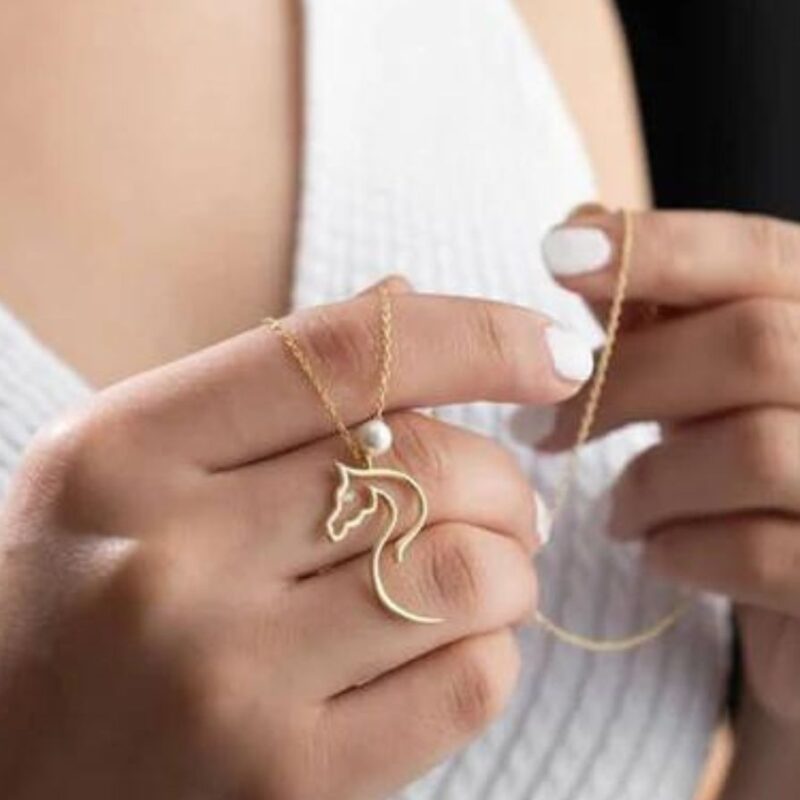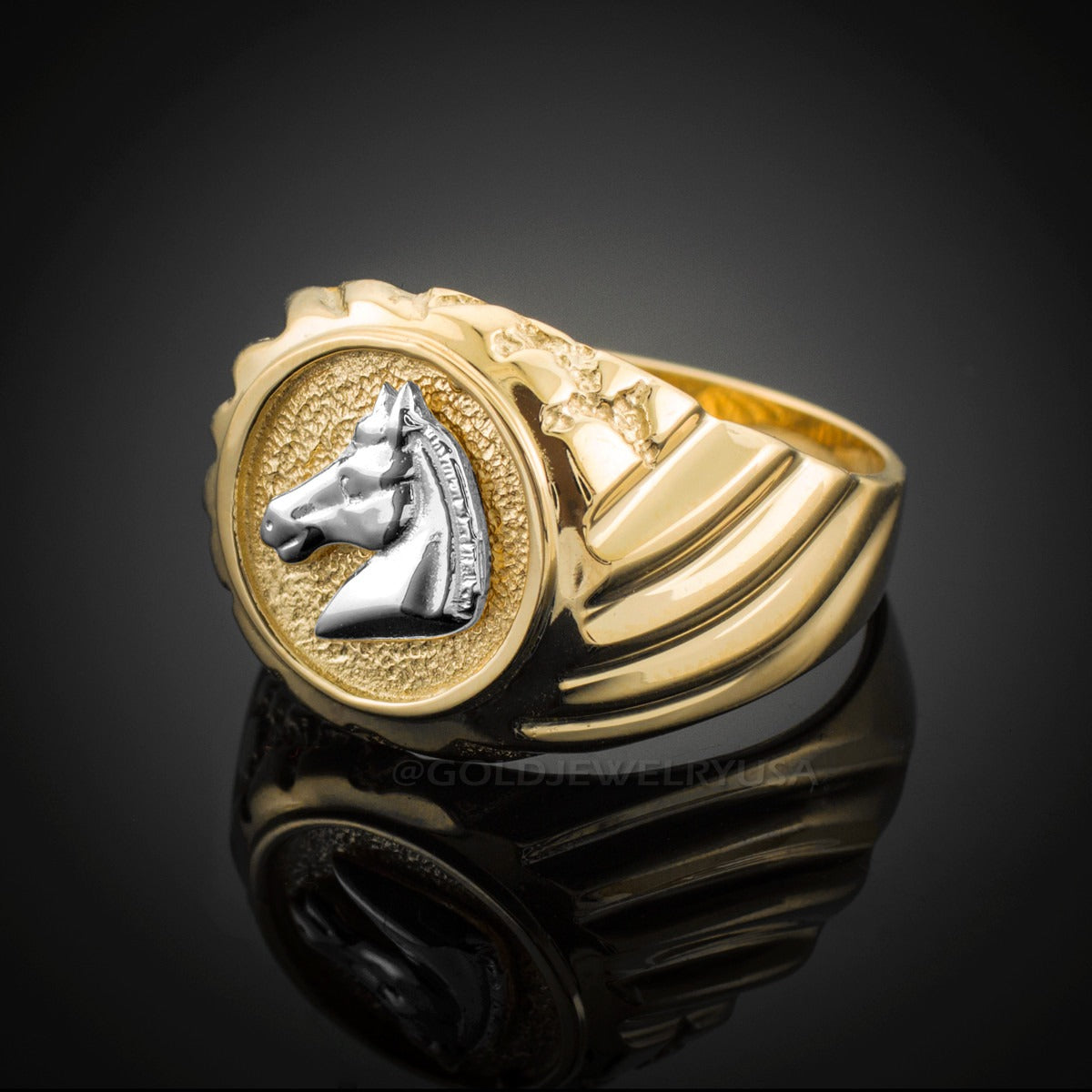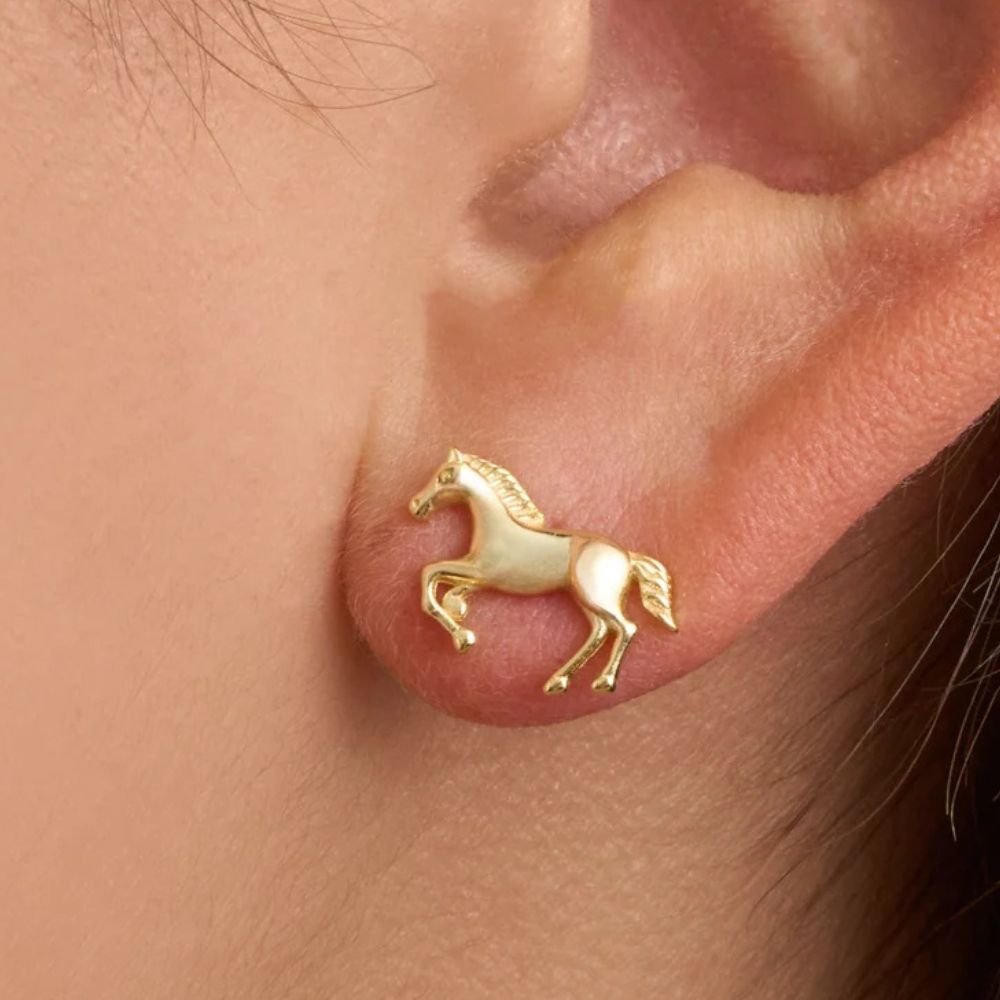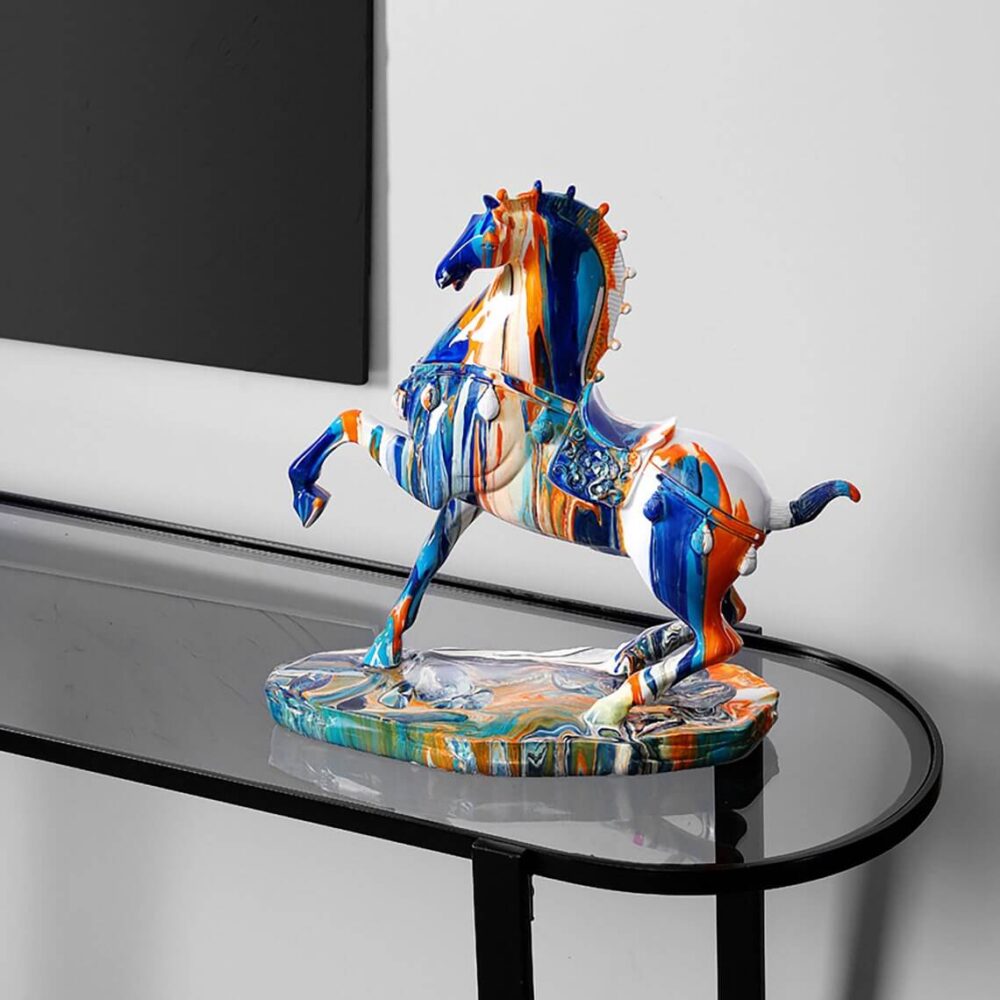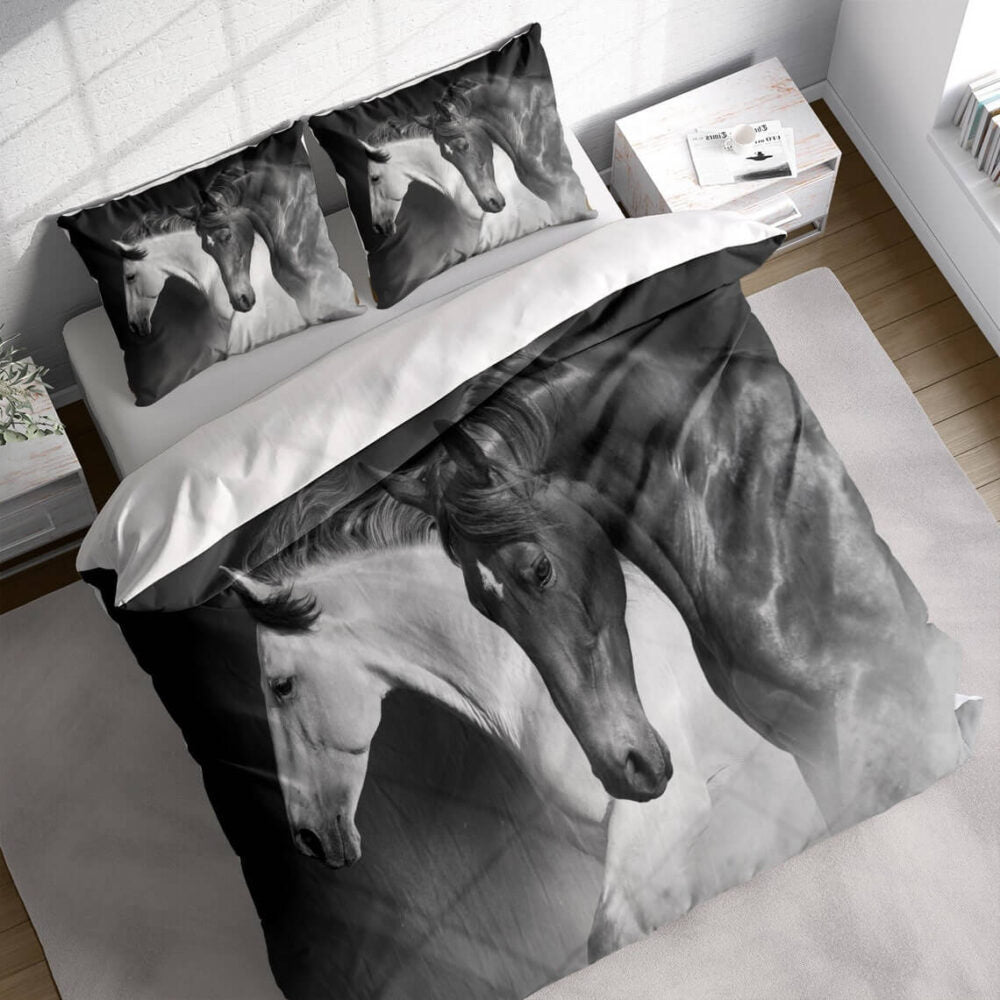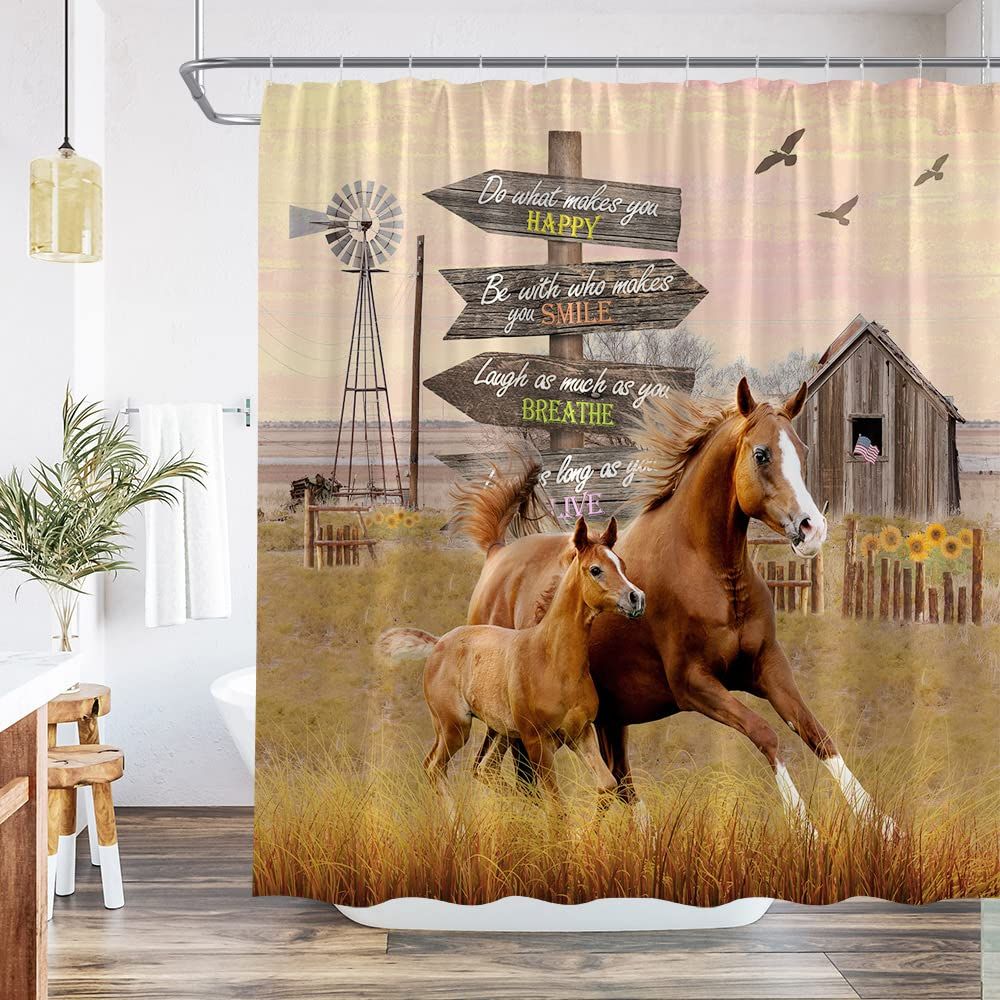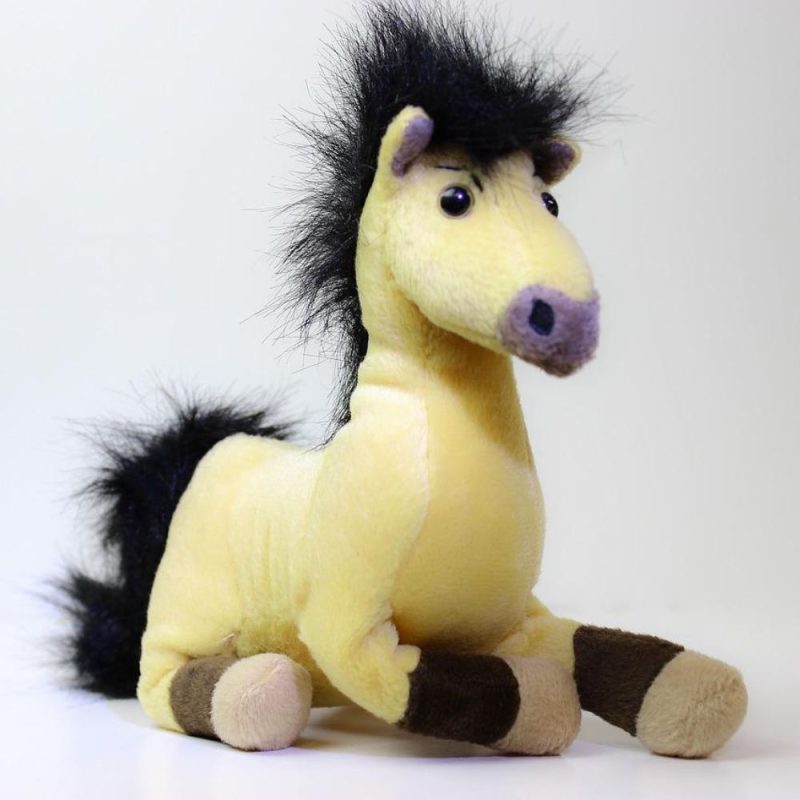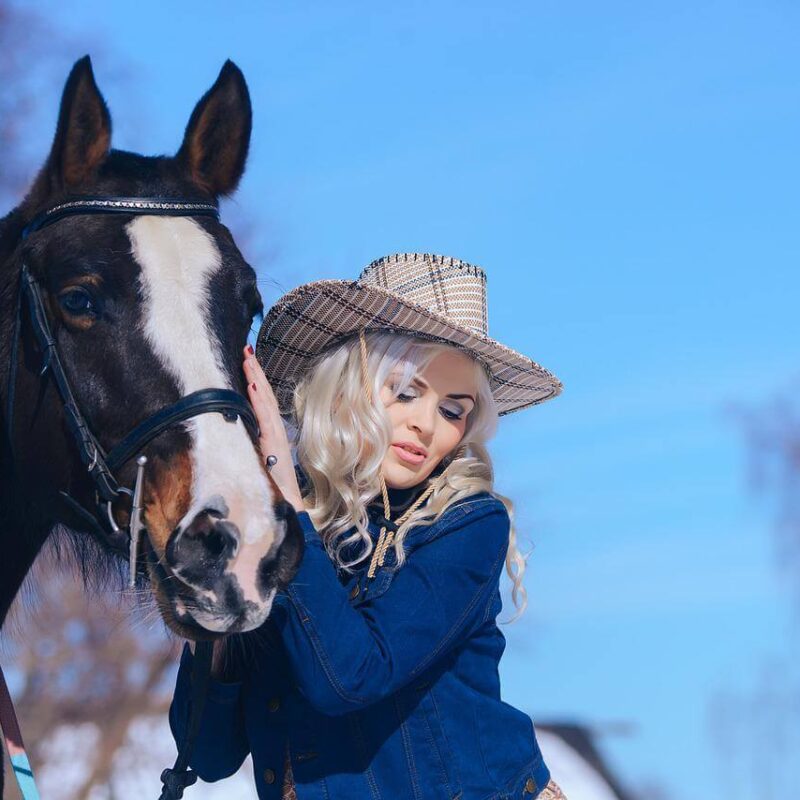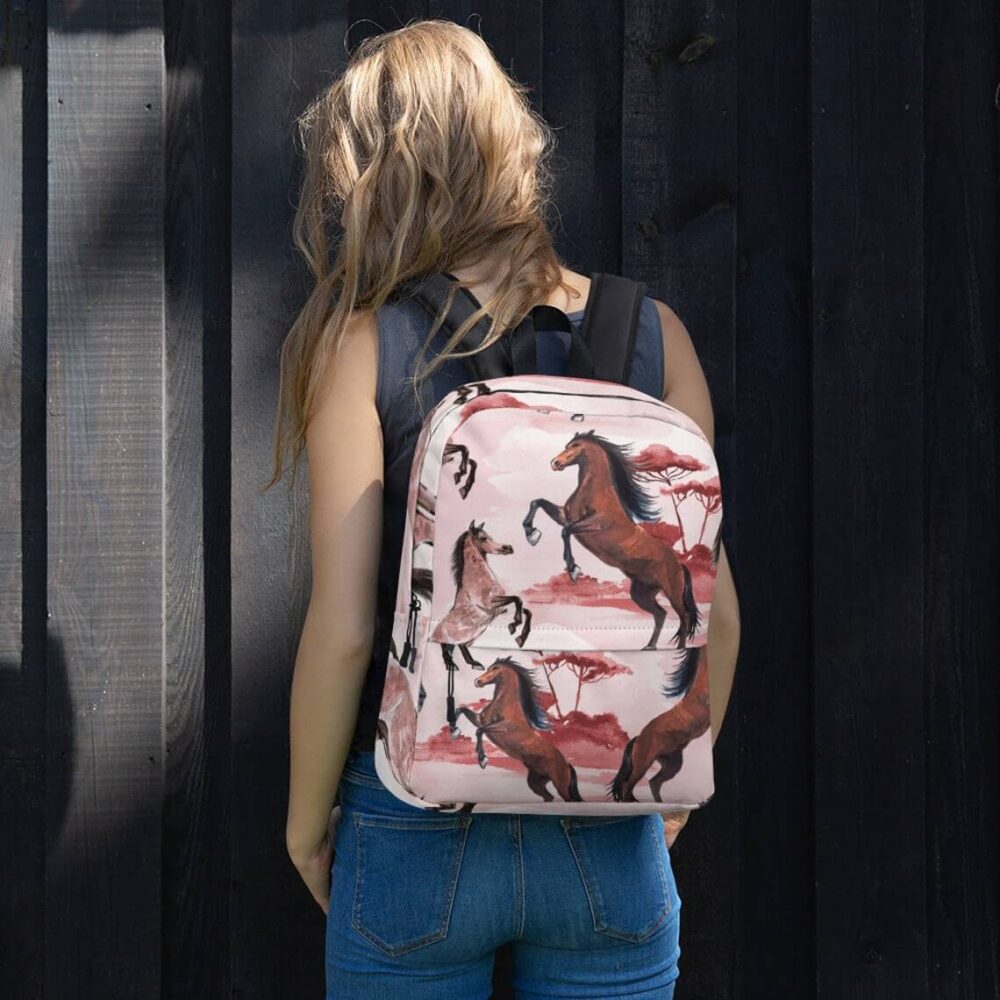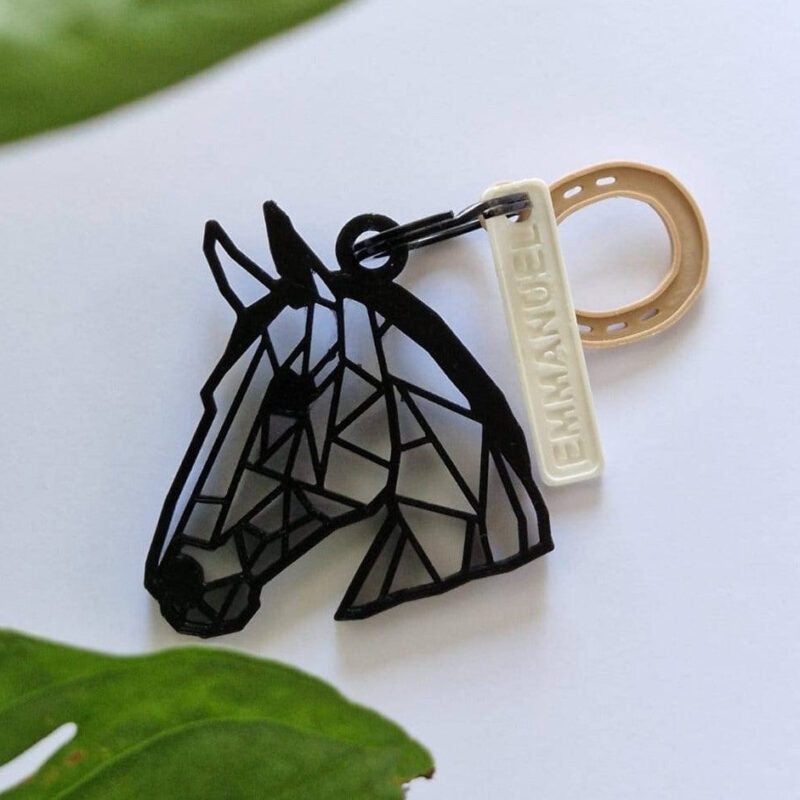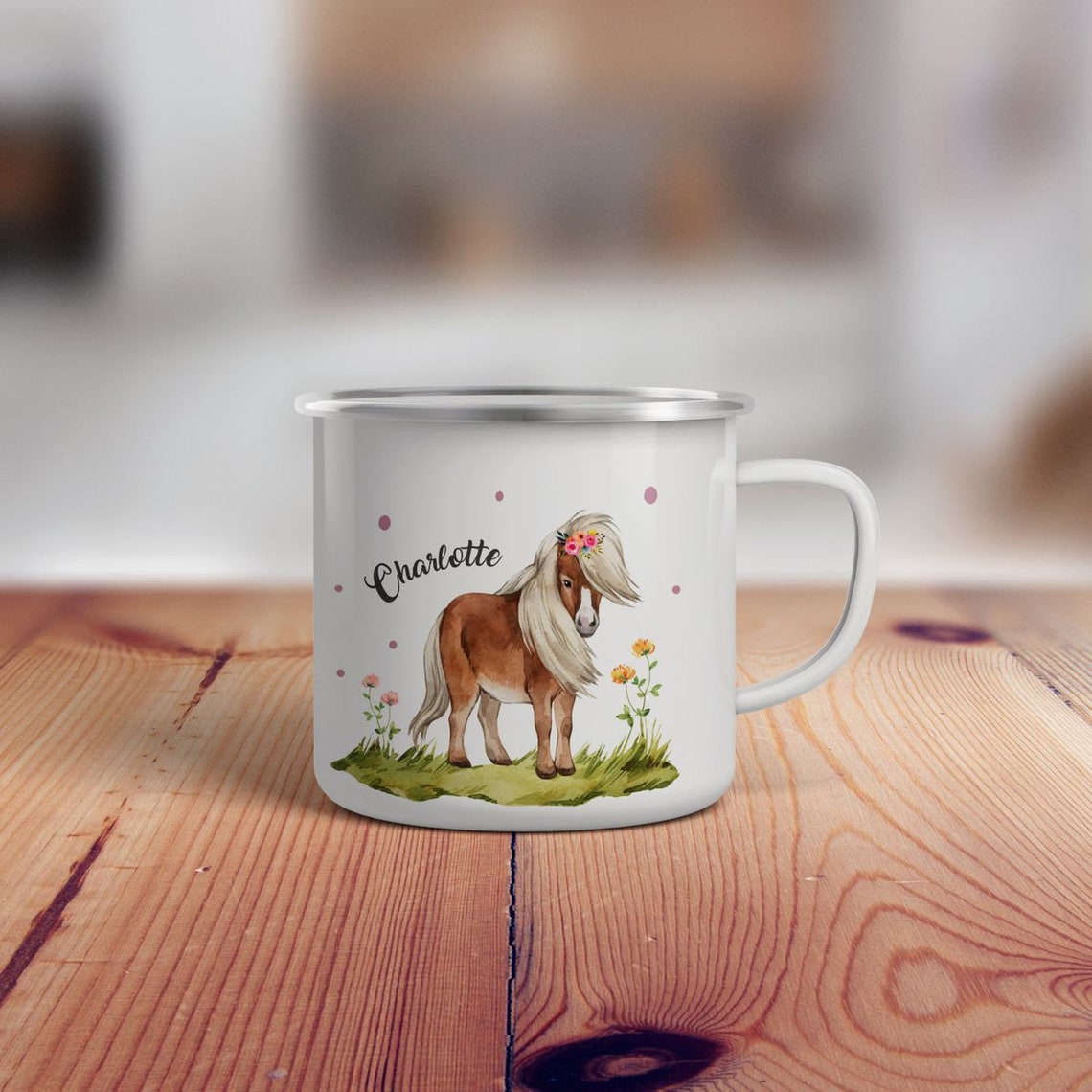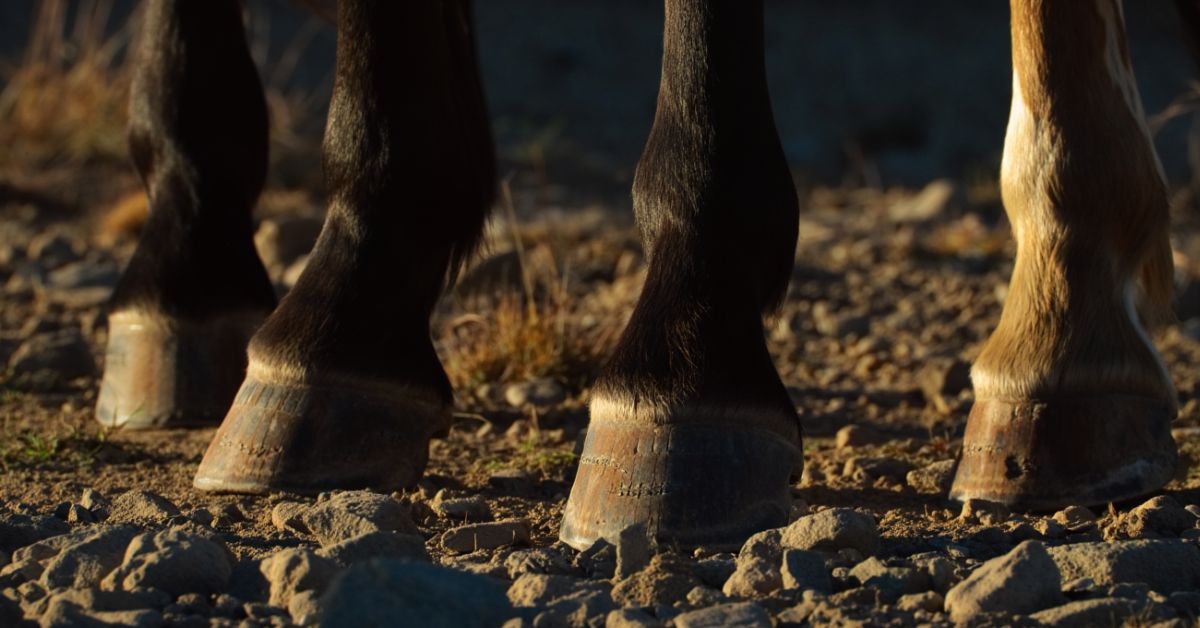
What Do Wild Horse Hooves Look Like? The Natural Beauty of Untrimmed Hooves
So, what do wild horse hooves look like? Picture this: compact, perfectly balanced feet with short hoof walls, deeply concave soles, and thick, calloused frogs that spread wide with every step. Wild horse hooves are nature's masterpiece—self-maintaining, incredibly tough, and shaped by thousands of miles of movement across diverse terrain. Unlike domestic horses that often wear metal shoes, feral horse hoof structures show us what millions of years of evolution intended: a robust, self-trimming system that adapts beautifully to the environment. These hooves feature what farriers call the "Mustang roll"—a natural bevel at the toe that prevents chipping and promotes smooth hoof breakover. The hoof wall thickness is substantial yet flexible, the solar surface is rock-hard, and the overall hoof conformation represents the gold standard that many barefoot hoof care practitioners strive to achieve in domestic horses. It's honestly breathtaking when you see the difference between a truly wild hoof and what we typically see in barn-kept horses.
The Distinctive Anatomy of Wild Horse Hooves 🐴
When you examine a mustang hoof appearance, you're looking at a structure that's been perfected through constant use and natural selection. The anatomy of a wild hoof differs dramatically from domesticated horses, and understanding these differences can revolutionize how we think about equine hoof care.
The Hoof Capsule: Nature's Engineering Marvel
The hoof capsule structure of wild horses is built like a fortress. The hoof wall thickness typically measures between 8-10mm at the toe, significantly denser than many domestic horses. This isn't just random—it's the result of constant movement over abrasive terrain. According to research published in Equine Veterinary Journal in 2018, wild horses travel an average of 15-20 miles daily, which directly influences their hoof integrity.
The walls are shorter—dramatically shorter than what you'd see on a horse that's been in a stall for weeks. We're talking about hoof walls that barely extend beyond the solar surface, creating what experts recognize as the ideal horse foot. The coronary band sits level and healthy, producing horn at the perfect rate to match wear. The heel bulb appearance shows robust, well-developed tissue that acts as natural shock absorbers.
The Sole: Hard as Stone, Concave as a Spoon
Here's where things get really interesting. The hoof sole concavity in wild horses is pronounced—think of a deeply dished-out arch that never touches the ground on flat surfaces. This solar surface becomes incredibly hard, almost like compressed rubber, through constant stimulation and adaptation. A 2019 study from the University of Nevada examined Great Basin mustangs and found their sole thickness averaged 15-18mm compared to 8-12mm in domestic horses.
The frog shape wild horse displays is another marvel. Wide, thick, and making full ground contact, the frog in wild horses is a working structure, not the shriveled afterthought we sometimes see in shod horses. It connects to the digital cushion beneath, creating a hydraulic system that absorbs concussion with every step. This is the barefoot horse model that natural hoof care practitioners dream about replicating.
"The wild horse hoof represents the ultimate template for what we should be achieving in domestic horses. It's not just aesthetically pleasing—it's biomechanically superior." - Pete Ramey, renowned natural hoof care specialist
How Terrain Sculpts Wild Horse Hooves 🏔️
The impact of terrain on hooves cannot be overstated. Wild horses don't choose cushy pastures—they live on whatever nature provides, and their hooves adapt accordingly. This is where we see the true genius of equine hoof morphology.
Rocky Environments: The Natural Hoof Grinder
Hooves in rocky environments undergo constant, gradual wear that mimics the most skilled natural hoof trim. The Great Basin mustangs of Nevada live on volcanic rock, while the Pryor Mountain horses navigate limestone cliffs. Each step is like a file, creating the perfect Mustang roll—that characteristic bevel at the toe that prevents the hoof wall from chipping and promotes effortless hoof breakover.
Research from 2020 examining wild horse populations across different terrains found that desert horse hooves displayed the most compact conformation, with toe length averaging just 3-3.5 inches from coronary band to ground. The abrasive sand and rock create hooves so balanced that hoof lameness in wild horses is remarkably rare—estimated at less than 2% in healthy populations, compared to 15-20% in domestic horses.
The hoof growth vs. wear equation in these environments reaches perfect equilibrium. Hooves grow approximately 6-9mm per month, and in wild horses, wear matches this almost exactly. There's no need for farriers, no shoes, no artificial intervention. It's a self-trimming hooves system that works flawlessly when horses move enough over appropriate terrain.
Adaptation Is Key: One Size Doesn't Fit All
Here's something fascinating: wild burro hooves in the same region often look different from wild horse hooves, and even within horse populations, there's variation. A mustang from the rocky mountains will have slightly different hoof conformation than one from grasslands. This hoof adaptation to environment happens over generations, but individual horses also show remarkable plasticity.
The hoof wall flaring that plagues many domestic horses? Almost non-existent in wild populations. The constant movement and varied terrain keep the walls tight, creating a tight white line that resists separation and infection. The walls remain short hoof walls through natural wear, preventing the leverage that causes stress and damage.
Want to bring that wild horse spirit into your home? Check out our gift for horse lovers collection, where you'll find stunning pieces celebrating the natural beauty of horses! 🎁
The Self-Maintenance System: How Wild Horses Keep Perfect Feet
The concept of self-trimming hooves seems almost magical if you've only known horses that need a farrier every six weeks. But in the wild, this isn't magic—it's simple physics combined with biology. The wild horse hoof health we observe in free-roaming populations comes from a perfect storm of factors working together.
Wild horses engage in natural hoof movement patterns that domestic horses rarely experience. They don't stand in stalls 20 hours a day. They're constantly moving—grazing, traveling to water sources, fleeing from perceived threats, playing, establishing herd hierarchy. This continuous motion serves multiple purposes beyond just wearing down the hoof.
The Movement-Growth-Wear Triangle
Every step a wild horse takes stimulates blood flow to the hoof capsule structure. This circulation doesn't just maintain healthy tissue—it actually optimizes growth rates. The coronary band responds to pressure and release cycles, producing horn at rates that perfectly match the wear the horse is experiencing. It's a biological feedback loop that's been refined over millions of years.
Consider this calculation: If a horse takes 10,000 steps per day (conservative for wild horses) over moderately abrasive terrain, each step removes approximately 0.0005mm of hoof material. Over 30 days, that's 150mm total wear distributed across all four hooves, or roughly 37.5mm per hoof. With hoof growth at 6-9mm per month per hoof, the hoof growth vs. wear balances perfectly when you account for the three-dimensional nature of wear (toe, quarters, heels all wearing at different rates).
The Role of Moisture and Weather
Untrimmed horse hooves in the wild experience natural moisture cycles that domestic horses often miss. Morning dew softens the hoof slightly, making it more pliable during early movement. Midday heat hardens the solar surface to stone-like consistency. Rain events temporarily soften tissue, allowing for slightly accelerated wear, then dry periods toughen everything again.
This cycling prevents the brittle, chippy hooves we sometimes see in horses kept on dry lots or the soft, weak hooves of horses in constantly wet conditions. The robust hoof capsule of wild horses handles both extremes and everything in between, maintaining hoof integrity through adaptability rather than artificial protection.
"We've spent centuries trying to 'improve' on nature's design with horseshoes and modern farriery. Observing wild horse hooves reminds us that sometimes the old ways—actually, the ancient ways—were already perfect." - Dr. Robert Bowker, equine hoof researcher and professor at Michigan State University
Wild vs. Domestic: A Tale of Two Hooves 👟
The difference between wild vs. domestic hooves is so dramatic that you might think you're looking at different species. Put a feral horse hoof next to a typical domestic horse's foot, and the contrast tells a story about lifestyle, movement, and our management practices.
What Domestic Life Does to Hooves
Domestic horses, even well-cared-for ones, face challenges that wild horses never encounter. Limited turnout means reduced movement. Soft footing means less natural wear. Concentrated feed means different gut health and potentially different hoof quality. The result? Hooves that need constant human intervention to maintain function.
Common issues in domestic horses that are virtually absent in wild populations include:
-
Hoof wall flaring: Caused by insufficient wear and leverage from overgrown walls
-
Long toes and low heels: The opposite of the compact mustang hoof appearance
-
Thin soles: Lacking the 15mm+ thickness wild horses develop
-
Contracted heels: From lack of expansion and frog pressure
-
White line disease: Rare in the tight white line of wild hooves
-
Thrush: Almost unheard of in the calloused, ground-contact frogs of wild horses
A 2021 comparative study measured hoof angle wild horse populations versus domestic horses and found wild horses averaged 50-55 degrees at the toe, while domestic horses ranged from 45-60 degrees with much more variation. That consistency in wild horses? It's the ideal horse foot angle that distributes forces optimally.
Can Domestic Horses Achieve Wild-Quality Hooves?
Here's the exciting part: yes, they can! The movement toward wild horse farriery and barefoot horse model trimming has shown that domestic horses, given the right conditions, can develop natural hoof trim characteristics remarkably similar to their wild cousins.
The formula isn't complicated, though it requires commitment:
Movement: Minimum 10-15 miles daily over varied terrain Footing: Access to abrasive surfaces that encourage natural wear Diet: Species-appropriate nutrition that supports hoof quality Time: 6-12 months for hoof development in the wild-style transformation
Express your passion for these magnificent creatures with our equestrian jewelry collection, featuring designs inspired by the wild spirit of horses! 💍
The Mustang Roll: Nature's Perfect Edge
The Mustang roll deserves special attention because it's possibly the most distinctive feature of wild horse hooves. This natural bevel at the ground surface of the hoof wall isn't cosmetic—it's functional genius. By rounding the sharp edge where wall meets ground, wild horses prevent chipping, reduce leverage forces, and create smoother hoof breakover.
Farriers and trimmers who work with the barefoot horse model now routinely apply an artificial Mustang roll to domestic horses, mimicking what nature does automatically. The difference in hoof durability and comfort is remarkable. Horses that previously chipped and cracked often develop robust hoof capsule structures within months of proper trimming that includes this feature.
Frequently Asked Questions on Wild Horse Hooves
What makes wild horse hooves different from domestic horse hooves?
Wild horse hooves are dramatically more compact, with shorter walls, thicker soles (15-18mm vs. 8-12mm), and deeply concave solar surface architecture. The constant movement of 15-20 miles daily over varied terrain creates self-trimming hooves that maintain perfect balance without human intervention. The frog shape wild horse populations display is wide, thick, and fully functional, unlike the often-contracted frogs in domestic horses. Additionally, the Mustang roll—a natural bevel at the toe—develops automatically, preventing chipping and promoting optimal hoof breakover. These differences result from lifestyle rather than genetics; domestic horses given similar conditions can develop comparable hoof quality.
How do wild horses trim their hooves naturally?
Wild horses achieve natural hoof trim through constant movement over abrasive terrain. The impact of terrain on hooves is profound—each step removes microscopic amounts of hoof material, and over thousands of daily steps, this wear perfectly balances the 6-9mm monthly growth rate. Hooves in rocky environments experience the most effective natural trimming, as volcanic rock, limestone, and hard-packed earth act like natural files. The hoof growth vs. wear equation reaches equilibrium because the coronary band responds to pressure cycles by adjusting growth rates to match wear. Movement also stimulates circulation, ensuring healthy horn production. This self-trimming hooves system requires no farrier, no shoes, and no artificial intervention—just adequate movement over appropriate surfaces.
Do wild horses ever have hoof problems?
While wild horse hoof health is generally excellent, hoof lameness in wild horses does occur, though at rates far lower than domestic horses (under 2% vs. 15-20%). Problems can arise from traumatic injuries, abscesses from puncture wounds, laminitis in horses with metabolic issues accessing rich vegetation, or congenital defects. However, natural selection means horses with chronic hoof issues don't survive to reproduce, maintaining overall hoof quality in wild populations. The hoof integrity of wild horses is so superior that researchers use them as the barefoot horse model for optimal hoof health. Environmental factors like extreme drought or overpopulation can occasionally stress hooves, but under normal conditions, the robust hoof capsule and natural hoof movement patterns prevent most common domestic hoof pathologies.
Can my domestic horse develop hooves like wild mustangs?
Absolutely! While genetics play a minor role, lifestyle is the primary factor in hoof conformation. To achieve mustang hoof appearance, domestic horses need: 1) Significant daily movement (10-15+ miles) over varied terrain, 2) Access to abrasive surfaces that promote natural wear, 3) Proper barefoot horse model trimming that respects natural angles and applies the Mustang roll, 4) Species-appropriate diet supporting hoof quality, and 5) Time—typically 6-12 months for transformation. The hoof capsule structure will gradually become more compact, hoof sole concavity will increase, and short hoof walls with a tight white line will develop. Many horse owners following natural boarding and trimming practices report dramatic improvements in hoof integrity and overall soundness. The wild horse farriery approach demonstrates that untrimmed horse hooves (or rather, naturally worn hooves) can be achieved in domestic settings.
What is the Mustang roll and why is it important?
The Mustang roll is a natural bevel or rounding at the ground-bearing edge of the hoof wall, characteristic of wild horse hooves. This feature develops automatically through movement over abrasive terrain and serves critical functions: preventing chipping and cracking of the hoof wall, reducing leverage forces that stress the hoof capsule structure, promoting smooth hoof breakover during movement, and distributing weight more evenly across the solar surface. Research shows this simple modification significantly reduces hoof wall flaring and improves overall hoof integrity. Modern natural hoof care practitioners now routinely apply this feature when trimming domestic horses, mimicking what happens naturally in desert horse hooves and hooves in rocky environments. The Mustang roll is essential to the ideal horse foot conformation that prevents many common lameness issues.
Conclusion: Celebrating Nature's Perfect Design
Understanding what do wild horse hooves look like gives us more than just interesting trivia—it provides a roadmap for better hoof care in our domestic horses. The feral horse hoof isn't just aesthetically pleasing; it represents optimal function developed through millions of years of evolution and refined by thousands of miles of movement.
From the compact hoof wall thickness to the deeply concave solar surface, from the pronounced Mustang roll to the robust digital cushion, every aspect of wild horse hooves serves a purpose. These are hooves designed for performance, endurance, and longevity without artificial support.
As horse lovers, we can learn from these wild populations. Whether you're transitioning your horse to barefoot, evaluating your current hoof care practices, or simply fascinated by equine anatomy, wild horses show us what's possible. The natural hoof movement patterns, self-trimming hooves mechanisms, and remarkable hoof adaptation to environment remind us that sometimes nature really does know best.
Express your style with pieces that honor the wild spirit of horses, and assert your individuality as someone who truly understands and respects these incredible animals. After all, horse lovers know that the beauty of horses extends from their powerful bodies right down to those perfectly balanced wild hooves that carry them across the landscape.




